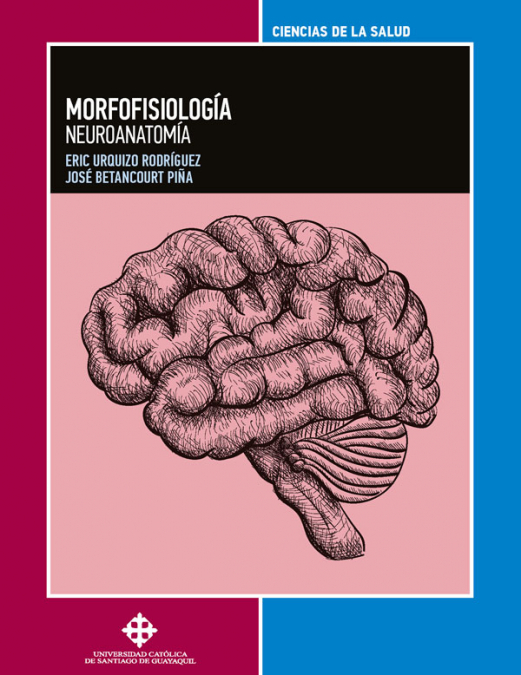
Eric Urquizo Rodríguez / José Betancourt Piña
Este texto cuenta con una narrativa organizada del “universo” macroscópico y microscópico del tejido nervioso; partiendo de un esquema básico en el que estudiamos, inicialmente lo más externo del encéfalo, hasta lo íntimo de este. De una manera progresiva nos adentramos en el fascinante mundo de las estructuras más grandes, tales como los dobleces del cerebro; hasta las estructuras microscópicas que veremos a nivel celular. El cerebro o encéfalo, es el órgano más fascinante del ser humano. Siendo el responsable de nuestra conducta, que son las características psíquicas de una persona, básicas al formar nuestra personalidad; nos permite relacionarnos con el medio, procesando toda la información que recibe, y casi al mismo tiempo emitamos acciones y respuestas.El sistema nervioso cumple así muy importantes funciones en nuestra vida; pues relaciona al individuo con el medio ambiente, y también cumple otros “oficios” con el fin de colaborar con la supervivencia del sujeto, pues también interviene en el comportamiento sexual, asegurando la conservación de la especie. La evolución de los seres del reino animal, se desarrolla conjuntamente con la evolución del sistema nervioso, de modo tal que los seres más evolucionados, poseen un sistema nervioso más desarrollado.Es así que los componentes íntimos del sistema nervioso son las neuronas –como llamamos a las células nerviosas; la neuroglia (células glial); y los componentes extracelulares. La información de nuestros pensamientos, se realiza a través de los neurotransmisores, creando nuevos pensamientos y la memoria.